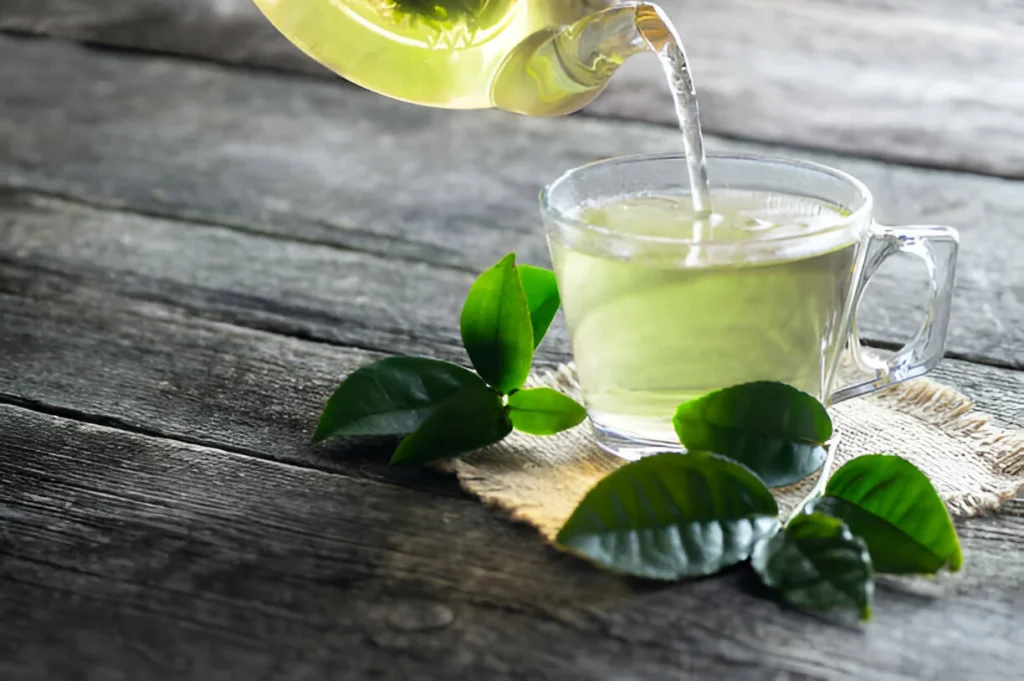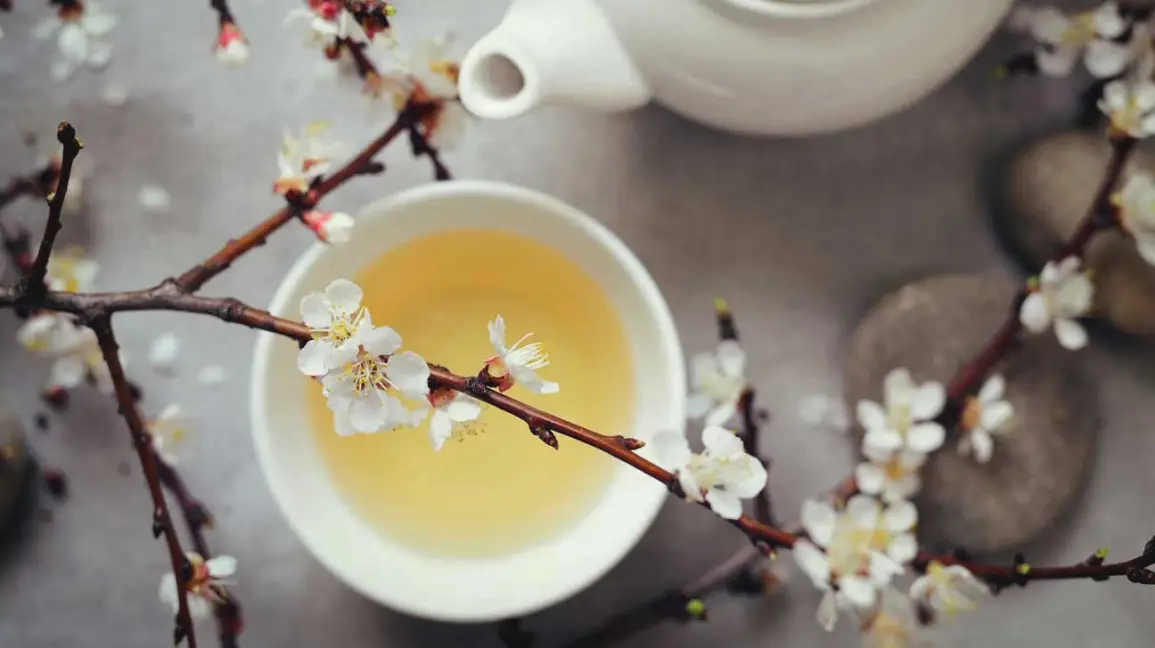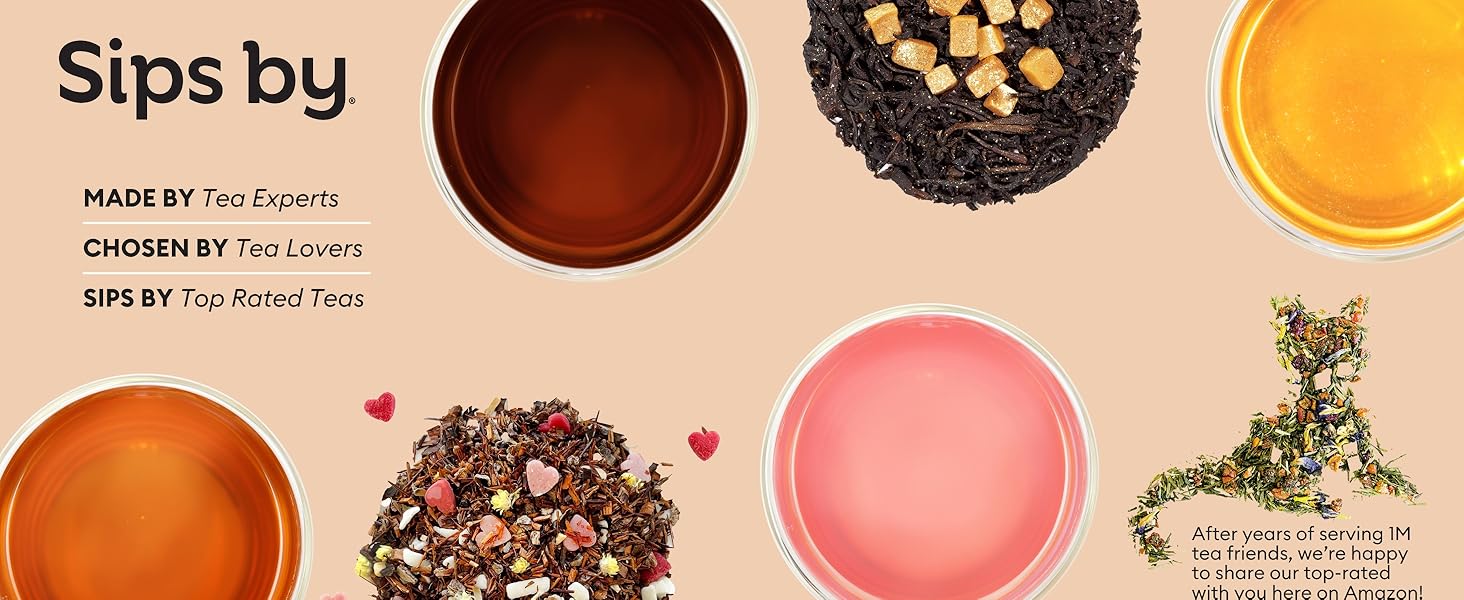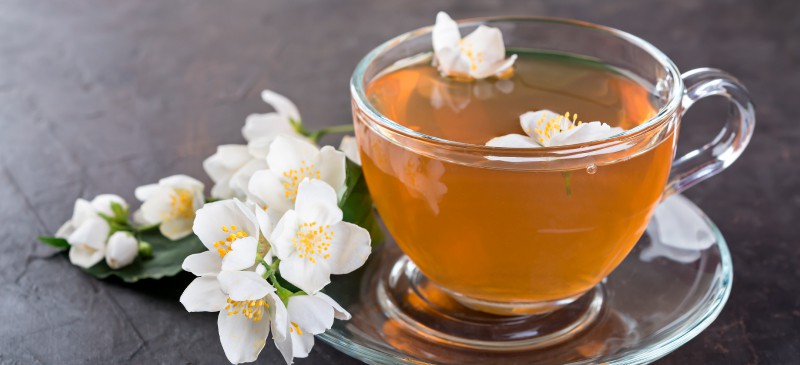Teabags vs. Loose Leaf Tea: Which Is Better?
Tea enthusiasts often face the age-old debate: teabags or loose leaf tea? While both methods deliver a cup of tea, they offer vastly different experiences in terms of flavour, quality, and convenience. Deciding between the two depends on your preferences, priorities, and the type of tea experience you’re seeking.
Here’s a comprehensive comparison to help you understand the differences and make an informed choice.
1. Quality of Tea
Teabags
- Type of Tea Used: Most commercial teabags contain tea dust or fannings, the smallest and lowest-grade tea particles left over after processing higher-quality teas.
- Flavour: These smaller particles brew quickly but often produce a flat, one-dimensional flavour. They can lack the complexity and depth of whole-leaf teas.
- Consistency: Teabags typically offer consistent taste due to their mass production, which can be ideal for those seeking familiarity.
Loose Leaf Tea
- Type of Tea Used: Loose leaf tea usually consists of whole or partially whole leaves, which are higher quality and less processed.
- Flavour: Whole leaves retain more essential oils and nuanced flavours, resulting in a richer, more complex cup of tea.
- Variety: Loose leaf tea often includes premium blends with better-quality ingredients like real herbs, spices, and dried fruits.
Winner: Loose leaf tea. The quality and flavour are generally superior due to the use of whole leaves.
2. Convenience
Teabags
- Ease of Use: Teabags are highly convenient. Simply drop a bag in hot water, steep, and discard—no additional tools required.
- Portability: They are easy to carry and perfect for travel or work.
- Clean-Up: Minimal effort since there are no loose leaves to strain or discard.
Loose Leaf Tea
- Preparation: Brewing loose leaf tea requires additional tools, such as an infuser, teapot, or strainer.
- Time Commitment: Measuring and brewing loose leaf tea takes more time and attention.
- Portability: Less convenient for on-the-go use due to the need for equipment.
Winner: Teabags. They are faster, easier, and more practical for busy schedules.
3. Environmental Impact
Teabags
- Material: Many traditional teabags are made with paper reinforced by plastic, which can make them less biodegradable.
- Eco-Friendly Options: Some brands now offer biodegradable or plastic-free teabags to reduce their environmental footprint.
- Packaging: Teabags often come individually wrapped in plastic or foil, adding to waste.
Loose Leaf Tea
- Minimal Waste: Loose leaf tea typically comes in recyclable or reusable packaging and eliminates the need for single-use bags.
- Compostability: The used tea leaves can be composted, making them an eco-friendly option.
Winner: Loose leaf tea. It is more sustainable, especially when paired with reusable brewing tools.
4. Customisation and Control
Teabags
- Limited Flexibility: Teabags are pre-measured, so you have little control over the strength or quantity of your tea.
- Blends: While convenient, the blends in teabags are standardised and may not allow for personalisation.
Loose Leaf Tea
- Customisation: Loose leaf tea lets you control the quantity of leaves, steeping time, and water temperature to suit your taste.
- Blending: You can mix and match different loose leaves, herbs, and spices to create your own unique blends.
Winner: Loose leaf tea. It offers more freedom to experiment and craft a personalised tea experience.
5. Cost
Teabags
- Affordable Options: Teabags are often more cost-effective, especially for mass-produced teas.
- Premium Brands: High-quality teabags with better ingredients can be more expensive, sometimes rivaling the price of loose leaf tea.
Loose Leaf Tea
- Initial Cost: Loose leaf tea can appear pricier upfront due to its premium quality.
- Value Over Time: Since you can adjust the amount of tea used per brew, loose leaf tea often provides better value per cup in the long run.
Winner: It depends. Teabags are cheaper initially, but loose leaf tea offers better value if you prioritise quality.
6. Taste Experience
Teabags
- Standardised Flavours: While some brands offer high-quality options, most teabags focus on quick brewing, which can compromise flavour.
- Quick Extraction: The smaller tea particles in teabags extract quickly, sometimes resulting in a bitter taste if oversteeped.
Loose Leaf Tea
- Sophisticated Flavours: Loose leaf tea provides a more authentic, layered flavour experience due to the larger, less-processed leaves.
- Better Infusion: Whole leaves expand during steeping, releasing a fuller range of flavours and aromas.
Winner: Loose leaf tea. The depth of flavour is unmatched, offering a superior sensory experience.
7. Health Benefits
Teabags
- Potential Contaminants: Lower-grade tea in teabags may lose some antioxidants during processing. Additionally, some teabags may leach microplastics into the water.
- Ease of Use: Their quick brewing makes it easier to incorporate tea into daily routines, which is a plus for health-conscious individuals.
Loose Leaf Tea
- Higher Nutrient Retention: Whole leaves retain more nutrients, antioxidants, and essential oils, enhancing the health benefits of tea.
- Purity: Loose leaf tea is less likely to contain fillers or artificial additives.
Winner: Loose leaf tea. Its superior quality ensures a healthier brew.
Conclusion: Which Should You Choose?
Teabags are a great option if you prioritise convenience, portability, and affordability. They are ideal for those new to tea or with busy lifestyles. High-quality teabags can bridge the gap for those seeking better flavours without the effort of loose leaf tea.
Loose leaf tea, on the other hand, is the choice for those who value quality, customisation, and a more immersive tea experience. While it requires more time and tools, the superior flavour, sustainability, and health benefits make it worth the effort for true tea enthusiasts.
Ultimately, the best choice depends on your lifestyle and preferences. For everyday convenience, teabags are practical, but for a rich, mindful tea experience, loose leaf tea is unmatched. Why not enjoy both, depending on the occasion?






